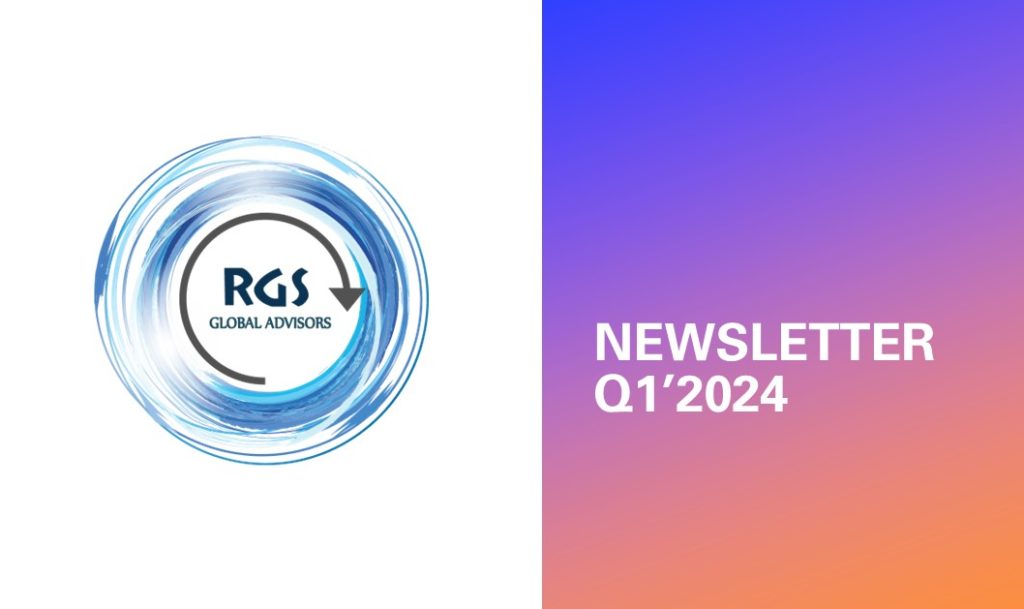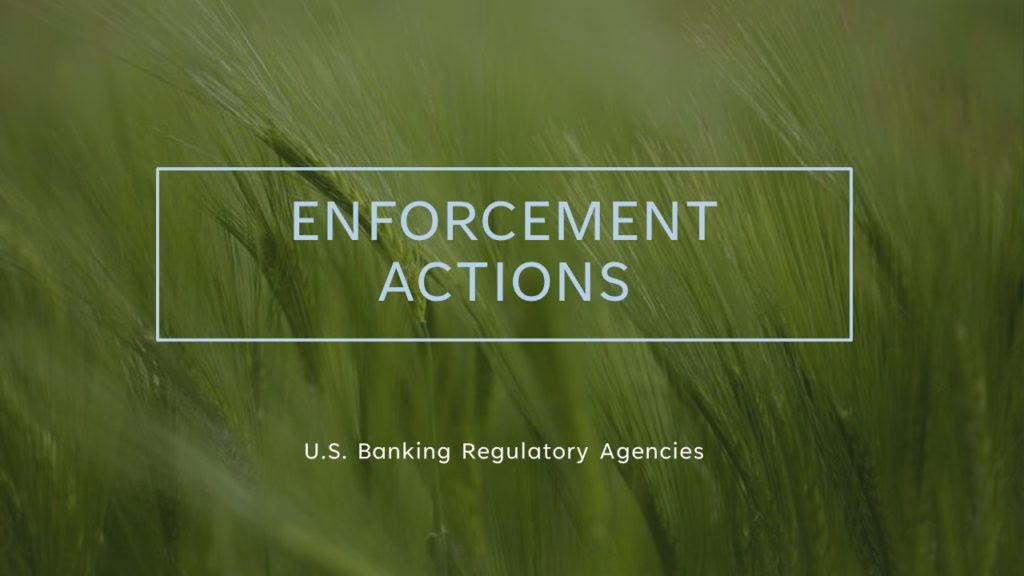The Problem
A bank in New York, after the acquisition of another bank in the same region, had absorbed the General Ledger (“GL”) and chart of accounts of the acquired bank. The GL consolidation, however, resulted in problems with legacy account information and memo balances, which turned out to be very difficult for the bank to analyze. While the bank tried to continue with the GL, it also revealed inaccuracies which, in turn, required time-consuming research to resolve. This resulted in the need for numerous manual adjustments to close the books and provide accurate reporting, which required further explanations and documentation for the auditors and regulatory examiners. The bank also had outdated accounting policies and procedures, and internal controls that did not align with the accounting activities that needed to be performed going forward. As a result, instead of sailing through a perfunctory merger, costs started to mount, unproductive staff utilization soared, and morale dropped sharply because of intra -departmental squabbles relating to the accuracy of information. Making matters worse, the regulatory examination report included severe citations requiring management to focus on fixing the accounting problem as a priority and placing the future growth plans on hold.
Bank’s Attempt to Resolve
The bank’s resources were already strained trying to manage normal activities before the problems with the GL occurred, including related reconciliations and differences in mapping between the GL system and ancillary systems. And their continued efforts to make sense of the multiple legacy accounts were so demanding that no resources were available to fix the source of the problem. Therefore, they called RGS.
RGS Solution
In analyzing the GL and chart of accounts, RGS was quickly able to identify the legacy accounts that had inaccurate amounts, as well as those that were erroneously included in the GL. RGS was also able to clean up and condense the chart of accounts, which enabled closing of unnecessary accounts, ensuring that the problem wouldn’t recur.RGS then tackled the documentation issue, identifying the usage, control, and ownership of accounts to properly assign responsibilities. And finally, RGS updated the bank’s accountin g and reporting controls, enhancing the related accounting policies and procedures to ensure the accurate aligning of these documents to regulatory requirements and the actual enhanced practices that were implemented.
Results
By bringing in RGS, the bank was able to finally complete the consolidation, close its books, and report results accurately and in a timely fashion, eliminating unnecessary research and wasted resources. Processes and controls now work effectively, so that month-end and quarter-end journal entries or adjustments can be efficiently and accurately concluded.
In addition, after six months of completing these enhancements, the regulators determined that appropriate controls were in place, and the GL and regulatory reporting process was operating properly. The regulatory citation was thus lifted, and the bank was able to go about business in the normal course, focusing on its growth plans again.



